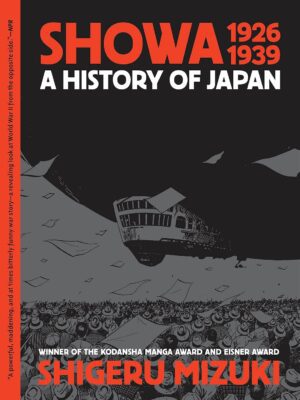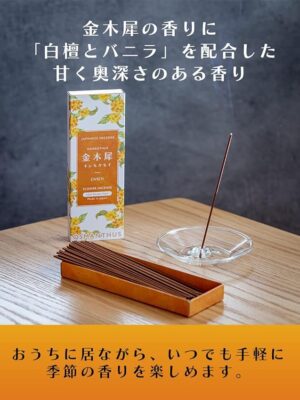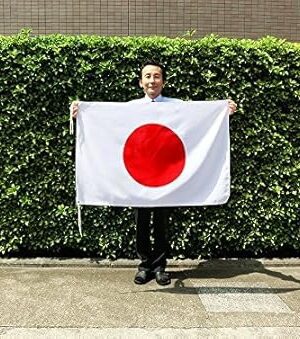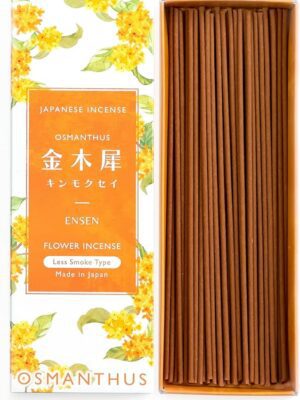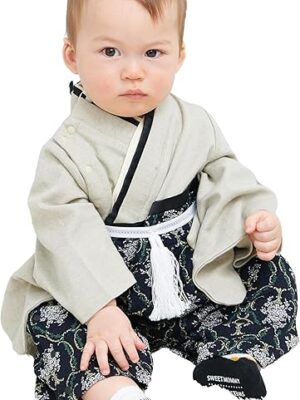Share this Post
Moving Around Japan Every Few Years
When I first got to Japan I lived in Kyoto for a few months while I hunted for a job. Kyoto was very romantic, beautiful, and over run with people from all over the world who also wanted to live and work there. One young man I met had lived in Japan for around seven years. This guy was surrounded by young Japanese friends and seemed to be really happy with his life and what he was doing. So I talked to him a bit about his life in Japan. He had lived in three different places and had just moved to Kyoto. He only spent a year or two in one place and then moved on to the next. I didn’t catch which organization he worked for. He always served as a kind of mental model for me of a successful foreign language teacher in Asia. For people who aren’t married or don’t have a long term partner, and are foreign language instructors (other professions may require more of a long term commitment), then moving around to different locations in Japan every two to three years is a great way to get to know different areas of the country deeply. Different companies have their own policies, but transferring someone is less expensive than recruiting and supporting a completely new hire, especially in rural areas where some knowledge of Japanese language and customs is greatly desired. Some companies are just regional and can’t send employees to different parts of Japan. Others have a presence of some kind in just about every prefecture. Some companies offer a special position where the English teacher lives in one place, usually near the home or regional office, but is dispatched to various locations for weeks to months at a time around Japan to act as temporary replacements for English teachers that had to leave for some reason. These special positions also usually are paid a premium rate.Each Region in Japan has its Own Unique Qualities and Outlook
Japan is not quite as homogenous as most people think. There are regional variations in language, customs and history that give each one its own character. Just be forewarned that in some places the local dialect can be quite strong and the weather conditions more severe (ie the summers are way more humid and the winters have heavy, deep snows).The major areas are Kyushu, Western Japan, Shikoku, Kansai, Kinki, Japanese Alps, Kanto, Tohoku (Eastern North) and Hokkaido.Kyushu
Hot and humid in the summers, this region is within easy reach of South Korea by ferry and has many beautiful natural places. Quite possibly the birth place of the first country in the Japanese archipelago this region has beautiful castles and a history all its own as the home of one of the rebel domains that toppled the Shogun and re-established Imperial rule.Western Japan
The area of Western Japan has a unique outlook all its own. The history of this place goes back before written records and flowered well before the Heian era. The region grew powerful again under the Mori family in the period of warring states and then went into a kind of dark age during the time of the Tokugawa shogunate. It rose briefly as one of the rebel domains that overthrew the Tokugawas and restored the emperor was from there. Then it drifted back into obscurity until it’s chief city of Hiroshima was destroyed by an atomic bomb. There is great natural beauty and ancient ruins in this part of Japan, but it is not for the lazy. However, for the entrepid, there are old castle towns in a relatively pristine state because of the low economic activity and aging population, surrounded by abandonded villages and overgrown ruins of traditional Japanese cottages and shrines deep in the mountains. To the north is the rough and wild Sea of Japan coast and to the south is the inland sea. In the middle is an ancient range of low mountains. Here is the land that inspired Lafcadio Hearn to pen “Kwaidan”.Shikoku
Because this island was not connected to the main island of Honshu until relatively recently and there still isn’t a great deal of economic activity there, destructive progress has barely touched most parts of this island. If it is ancient shrines and giant mountain temples in remote areas that you are after, then this is your place. But Shikoku also has several beautiful original castles and amazing natural beaches, especially in Koche. If it is to get away and relax and just absorb a less refined for western tastes version of Japan, then this is your place.Kansai
This place is just amazing. If you want ancient culture and traditions along with some of the most high tech in Japan the region of Kyoto and Osaka is your place. Just be forewarned a lot of people also want to come here and it is on of the most heavily touristed, foreign and Japanese, places in Japan. However, the region does extend to the north to the Sea of Japan coast and has some beautiful natural areas as well.Kinki
The capital of this region is Nagoya and it sports such companies as Toyota. This is a lesser known, but very important region of Japan. It plays second city to other national power houses like Tokyo, Osaka, and Kyoto. However this region is home to high mountains and ancient shrines like Ise. The ancient traditional village there is used in movies like “The Last Samurai” and is a World Heritage Site. Nagoya castle is gigantic and in great condition. Nogaya is a hard working city that loves its play and wealth.The Japanese Alps
Here be a region of extremely high rocky mountains. If hiking is your thing then this is your place. Wonderful nature, not so many people.Kanto
Tokyo is the heart of this region with a gigantic megacity extending all the way from Chiba prefecture, through Tokyo, to Yokohama in Kanagawa prefecture to the south. This region was not considered important until the Tokugawas built their capital of Edo (later renamed Tokyo) here. This area was conquered relatively later than western Japan from the hunter gatherer Emishi peoples. The first true shogunate was established here in the ancient of Kamakura, which is still a must see place for its shrines and temples established at that time. The area receded in importance once the capital moved back to Kyoto. Then Ieyasu Tokugawa became the supreme warlord of all Japan and settled his new capital here. The region’s history really takes off through the Edo period to current day. This area has a lot of Edo era cultural relics in Saitaima. For nature both Saitama and Kanagawa prefectures do a great job of keeping their hiking trails in good condition. Western Tokyo in the countryside going up into the mountains is considered the best place to live for its easy access for both the great city and pristine nature. Chichibu area in Saitama has many Edo era buildings that are well kept. Living here though is expensive. All of Japan is expensive, but especially here. Be ready to pinch your yen.Tohoku
Lots of beautiful nature in this section. The main city here is Fukushima, but really this section is so large that you may not have the time to make it out that way. I mean it would literally take you too long to get there. There are amazing Sea of Japan as well as Pacific coasts, lush forests, high mountains, volcanoes galore, many natural hot springs, and prisitne castles and some really fun festivals. Be forewarned the dialect of this area is considered to be particularly difficult to understand even by other Japanese people.Hokkaido
Summers are amazingly cool and dry. Winters are unbelievable cold! Great for snow skiing though. Many natural places and the last part of Japan to be incorporated because of its rough climate in the winter. The cities of Hokkaido and Hakodate are very relaxed. When the area was be settled the Japanese looked for examples from other countries with a similar climate and began building in the style of northern Europe at that time. So there are many old soap stone buildings and farms around southern Hokkaido. Also there are a couple of pristine national parks that are must sees as well.Picture provided by Simon Zhu through Unsplash. Find more like this at his website:Simon Zhu
Tip #1 Follow the Line of Pensioners
|
|
If these articles have helped you in any way please feel free to click here to help support us by making a donation on PayPal
Buy me a coffee, or two, or three ;-D

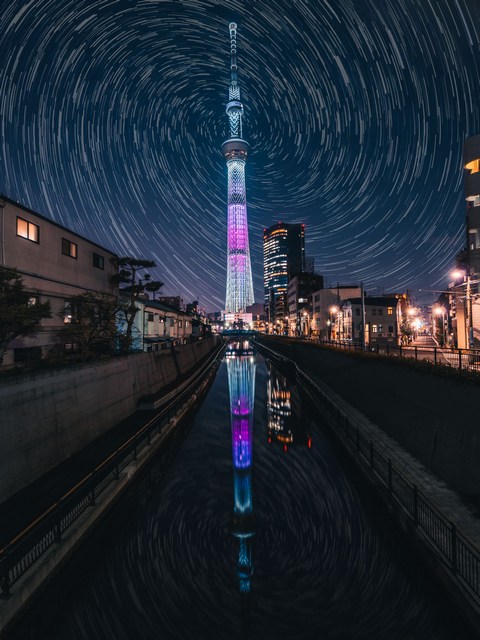
![[商品価格に関しましては、リンクが作成された時点と現時点で情報が変更されている場合がございます。] [商品価格に関しましては、リンクが作成された時点と現時点で情報が変更されている場合がございます。]](https://hbb.afl.rakuten.co.jp/hgb/19a81352.131ad6c8.19a81353.1274eaea/?me_id=1322122&item_id=10000074&m=https%3A%2F%2Fthumbnail.image.rakuten.co.jp%2F%400_mall%2Fhosoe-saketen-r%2Fcabinet%2F04891728%2F04903899%2Fimgrc0069091642.jpg%3F_ex%3D80x80&pc=https%3A%2F%2Fthumbnail.image.rakuten.co.jp%2F%400_mall%2Fhosoe-saketen-r%2Fcabinet%2F04891728%2F04903899%2Fimgrc0069091642.jpg%3F_ex%3D240x240&s=240x240&t=picttext)




